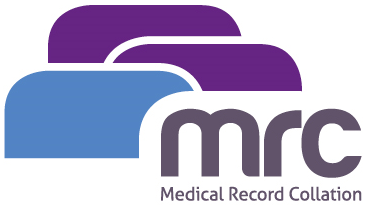It was one of those days that I really dislike. A busy Monday in winter and I was duty doctor. I had a fully booked session and I was inundated with interruptions; pop up messages on the computer screen, telephone requests for advice and the need to see additional patients. The trouble was that the vast majority of these interruptions were valid.
I had just finished seeing a young lady with her mother in a pre booked appointment in my consulting room for contraceptive advice, when I was messaged by the practice nurse to see a rather unwell elderly gentleman in the treatment room. Going from room to room was a strategy at times like these that enabled me to cope with the extra demand and generally it seemed to work.
Well, that day, it didn’t work. The patient I saw in the treatment room had an acute exacerbation of chronic obstructive pulmonary disease requiring broad spectrum antibiotics and high dose steroids. On this occasion, as I wasn’t logged in as a user on the terminal in the treatment room, I decided it would be quicker to return to my consulting room to complete the clinical entry and generate the prescription there. This was duly done and the prescription was given to the patient in the treatment room.
Job done, next please, I thought to myself, basking in delight at my slick efficient work.
Half an hour later, another telephone interruption, this time the caller was the local pharmacist and no, it couldn’t wait. But of course it quickly all became obvious. Surely I had intended to give the steroids and antibiotics to the elderly gentleman and not to the young girl I‘d seen earlier for contraceptive advice? Correct prescription items, wrong patient. Correct clinical entry, wrong patient.
Jeremy Hunt recently announced a new initiative to reduce prescribing, dispensing and monitoring errors across the NHS. However with the increasing number of prescriptions dispensed, and despite new measures to reduce errors, it is inevitable that they will still occur. Consider the statistics: In 2015 1,083 million prescription items were dispensed in England, representing a 1.8% increase on 2014 and 50.4% since 2005[1]. In 2013 the prevalence of prescriptions with prescribing and medication monitoring errors in English general practice were detected in 4.9% of all prescriptions[2]. The vast majority of these errors were classified of mild or moderate severity but of note 0.2% were classified as being severe.
Half an hour later it was all sorted, along with various apologies and a contemporaneous record of the error in both patient files. The error was spotted in time and the risk of harm was low on this occasion. But it made for an opportunity to discuss the root causes and a proposal to reduce the risk of perhaps more serious error in the future.
Dr Malcolm Hickey.
[1] Prescriptions Dispensed in the Community, Statistics for England 2005-2015. NHS Digital Publication.
[2] Avery et al. The prevalence and nature of prescribing and monitoring errors in English general practice; a retrospective case note review. Br J Gen Pract. 2013 63(613) 543-553.
